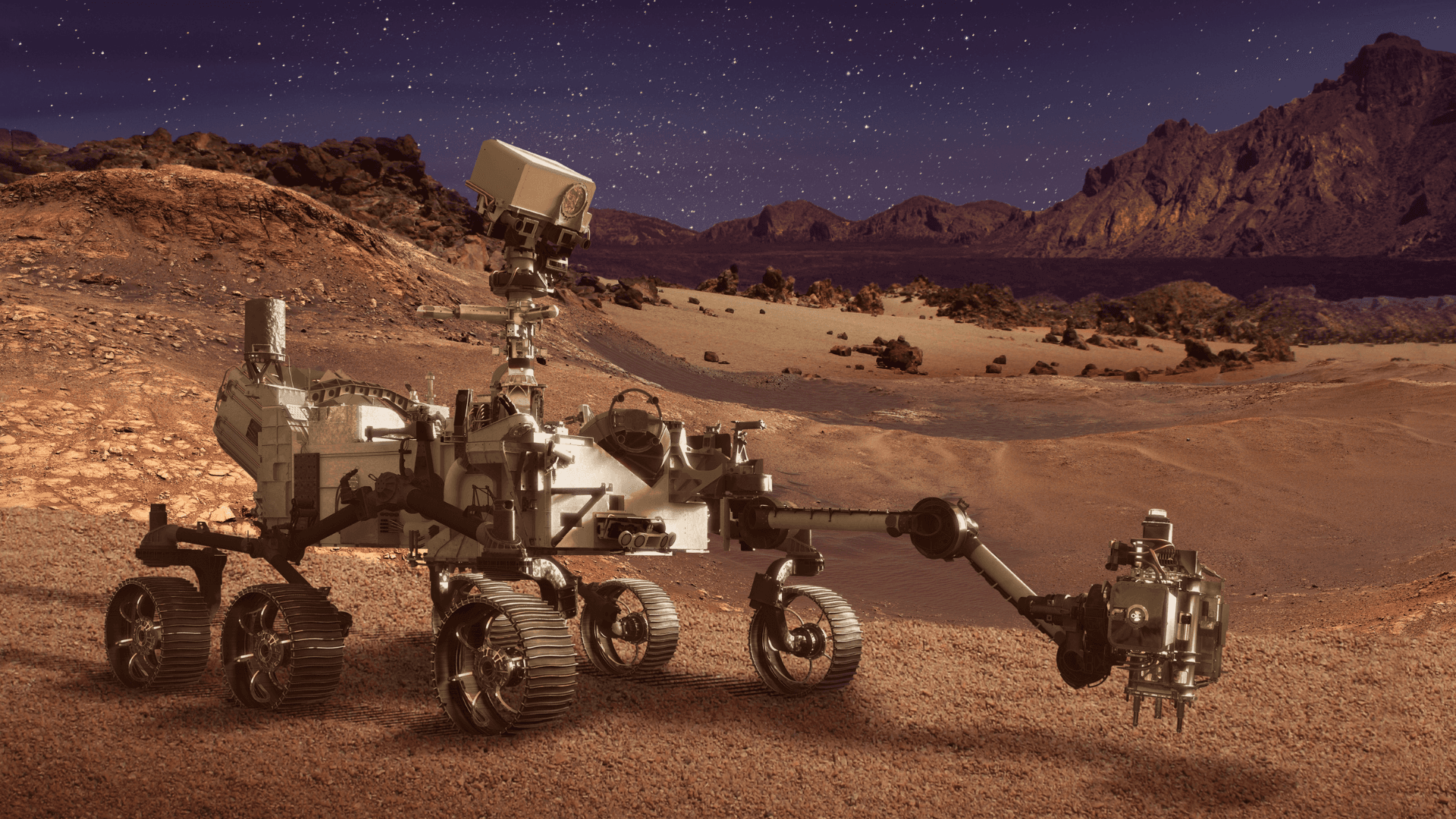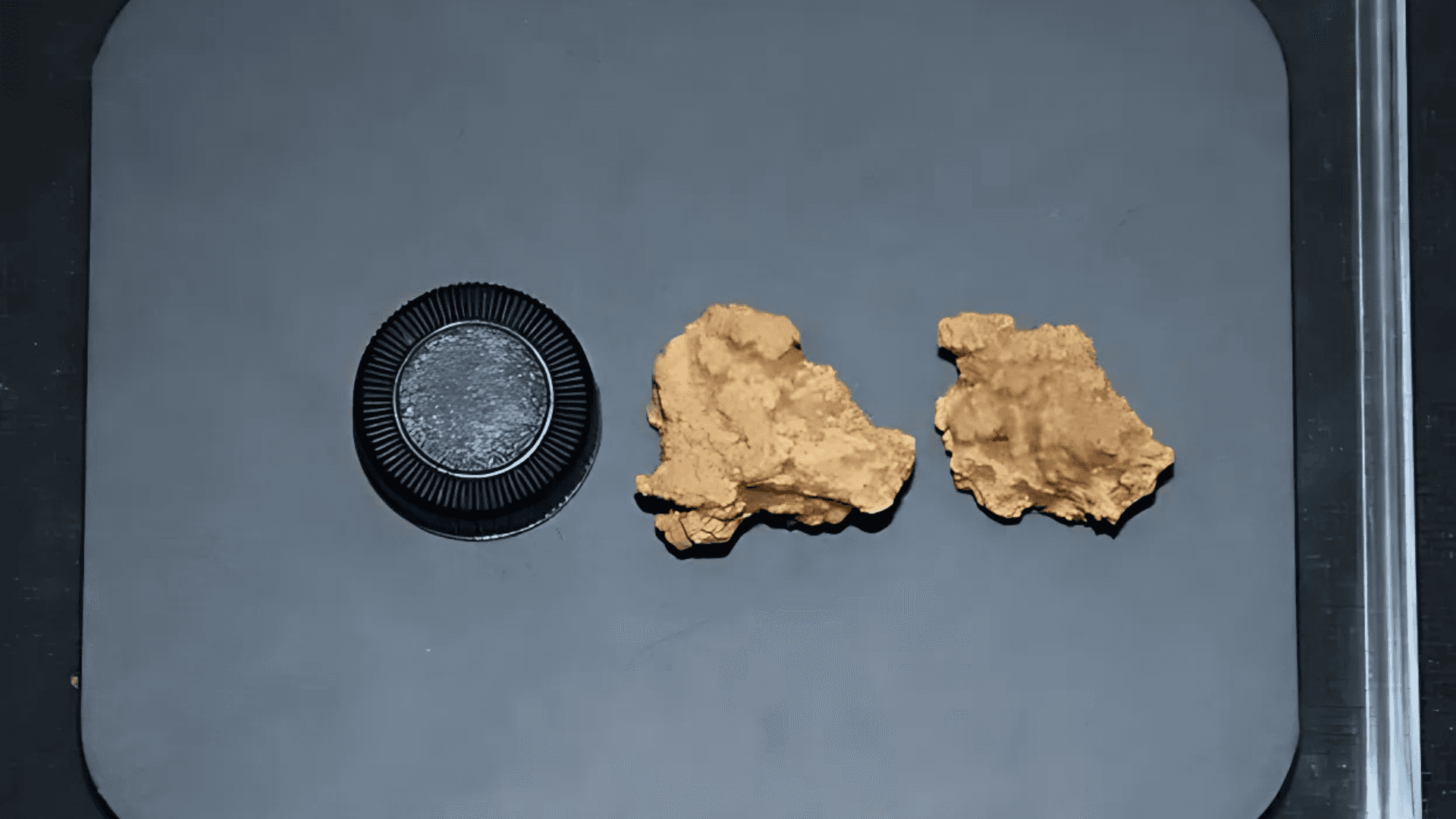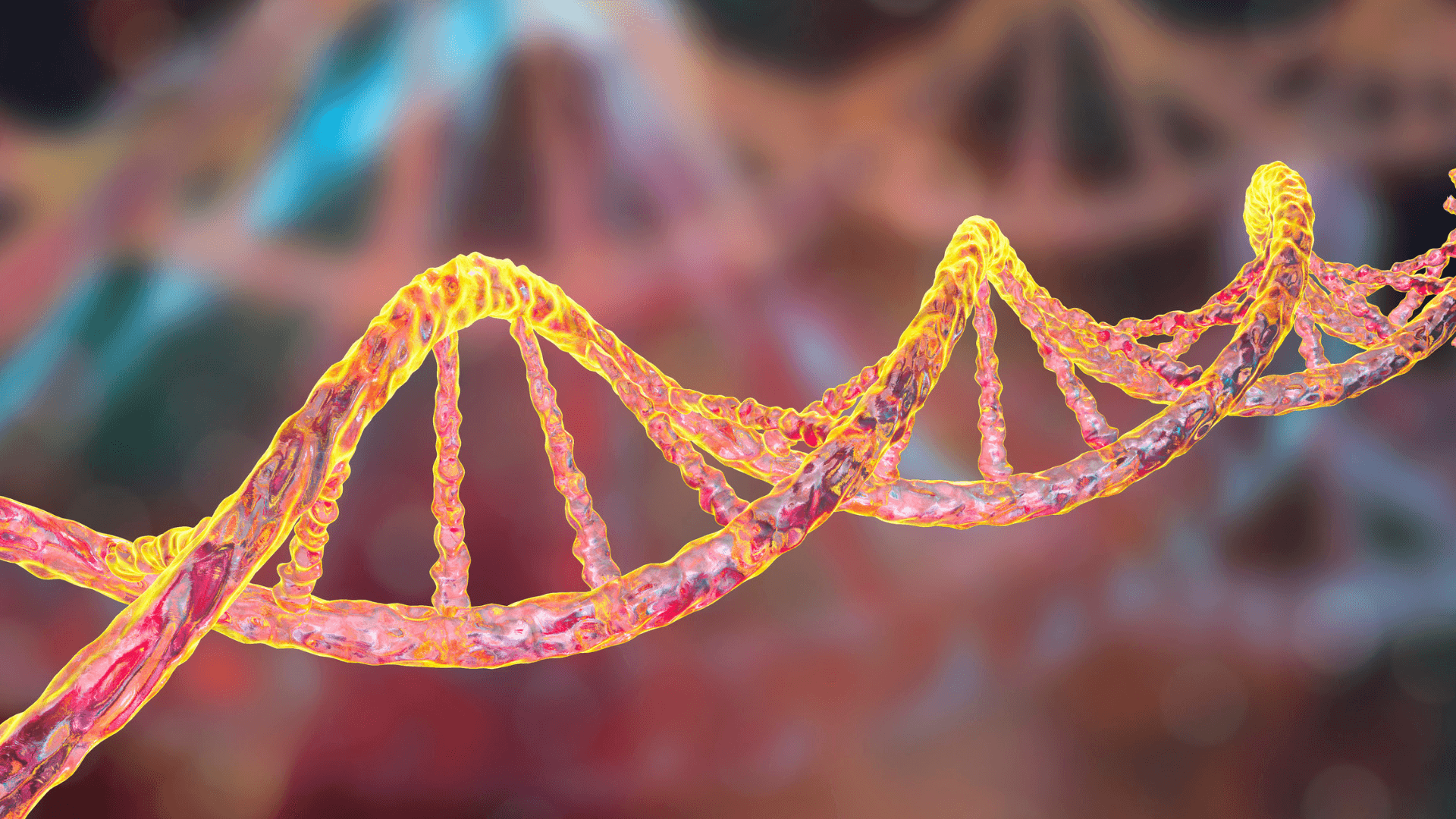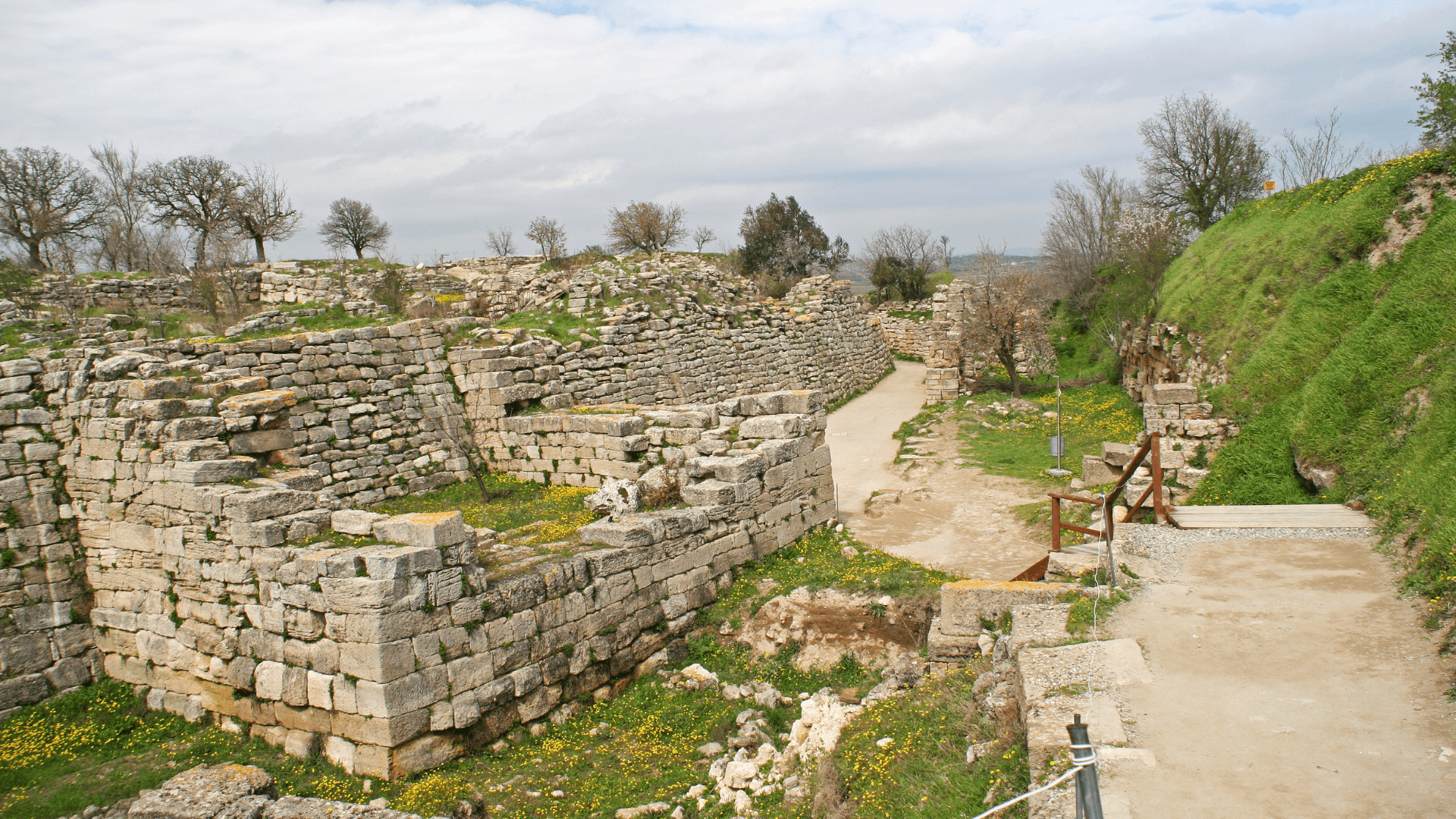Emotions and the Human Body: Millennia-Old Connections in Neo-Assyrian Texts
Emotions and the Human Body: Millennia-Old Connections in Neo-Assyrian Texts
Emotions and the Human Body: Millennia-Old Connections in Neo-Assyrian Texts
Dec 20, 2024
Dec 20, 2024
Dec 20, 2024

Illustrative image. Credit: Laura Mogollon via Canva.
Illustrative image. Credit: Laura Mogollon via Canva.
Illustrative image. Credit: Laura Mogollon via Canva.
An innovative study reveals how ancient Neo-Assyrian texts connected emotions to specific body parts. Discover the similarities and differences with modern perceptions of human emotions.
An innovative study reveals how ancient Neo-Assyrian texts connected emotions to specific body parts. Discover the similarities and differences with modern perceptions of human emotions.
An innovative study reveals how ancient Neo-Assyrian texts connected emotions to specific body parts. Discover the similarities and differences with modern perceptions of human emotions.
A fascinating analysis of texts from Neo-Assyrian Mesopotamia (934–612 BCE) revealed that the relationship between emotions and parts of the body—something we consider intuitive today—was already recognized over 3,000 years ago. This groundbreaking study, which compared ancient records with modern perceptions, uncovers similarities and differences in how distinct cultures understand emotions and their reflections on the human body.
Study Overview
Researchers examined texts from ancient Mesopotamia, covering regions corresponding to Iraq, Turkey, and Egypt. These documents from the Neo-Assyrian Empire, marked by rich cultural and literary production, associated emotions with specific parts of the human body, often based on cultural beliefs and anatomical observations.
To conduct the analysis, researchers created body maps that allowed them to compare the emotional associations of the time with contemporary conceptions. This approach revealed impressive continuities and significant changes over the centuries, demonstrating how cultural and historical factors determine the connection between the body and emotions.
Key Findings
The study showed emotional associations that, in many cases, remain universal while also identifying significant transformations over time.
In ancient Mesopotamia, the heart was the center of positive emotions such as love, pride, and happiness—a conception that stands. The stomach, however, was associated with feelings of sadness and suffering, resonating with modern expressions like "butterflies in the stomach" or "anguish in the stomach." However, some associations have faded over time. For example, the liver was considered the "seat of the soul" and a symbol of happiness that no longer maintains this connection in our contemporary imagination. Anger, which Neo-Assyrian texts associated with the legs and feet, indicating movement or action, is often described as an emotion that "rises to the chest" or "warms the head."
The Role of Culture and Language
The emotional associations present in ancient texts reflect how culture, language, and beliefs influence the perception of emotions and their relationship with the body.
In Mesopotamia, liver symbolism was closely linked to its significance in religious rituals, such as animal sacrifices, seen as a sign of life or happiness. Language molded feeling expression, influencing how different cultures "mapped" emotions onto the human body. This cultural and linguistic context is essential for understanding how these concepts evolved.
The Evolution of Understanding Emotions
Some associations between emotions and the body have remained consistent, while others have evolved due to scientific advances, cultural shifts, and language changes.
Historically, organs such as the liver and heart were viewed through a spiritual lens, carrying profound symbolic meanings. Today, modern understanding prioritizes a biological or psychological perspective, reflecting how the prevailing beliefs of each era influence how we perceive the body. Despite this, associations like love linked to the heart are ubiquitous and transcend time and culture. Others, like anger tied to the legs, illustrate how specific societal needs and worldviews shape emotions uniquely.
Importance of the Research
The study of emotional associations in Neo-Assyrian texts reminds us of how deeply rooted concepts of emotion are in human cultures and how they evolve.
Comparing emotional maps from the past and present illustrates the origins of many of our expressions and beliefs, underscoring the crucial role of biology, language, and culture in forming these connections. Additionally, understanding how these associations change over time can help build bridges between cultures, recognizing that while human emotions are universal, their expression is influenced by social and historical factors.
—
The discoveries about the connections between emotions and the body in ancient Mesopotamia offer a glance into humanity's shared roots. These associations, which shape our language and culture, reveal how seemingly abstract feelings are deeply embedded in physical experience.
By exploring the emotional maps of the past, we learn more about ancient societies and gain new perspectives on how emotions continue to shape our identity and evolution as a species. This study is a powerful reminder that even separated by millennia, humans share a rich tapestry of emotions and meanings, intertwining body, mind, and culture.
—
Access the original report on Science News and check out the whole study available here. Explore the millennia-old roots of emotions and expand your knowledge about human history!
A fascinating analysis of texts from Neo-Assyrian Mesopotamia (934–612 BCE) revealed that the relationship between emotions and parts of the body—something we consider intuitive today—was already recognized over 3,000 years ago. This groundbreaking study, which compared ancient records with modern perceptions, uncovers similarities and differences in how distinct cultures understand emotions and their reflections on the human body.
Study Overview
Researchers examined texts from ancient Mesopotamia, covering regions corresponding to Iraq, Turkey, and Egypt. These documents from the Neo-Assyrian Empire, marked by rich cultural and literary production, associated emotions with specific parts of the human body, often based on cultural beliefs and anatomical observations.
To conduct the analysis, researchers created body maps that allowed them to compare the emotional associations of the time with contemporary conceptions. This approach revealed impressive continuities and significant changes over the centuries, demonstrating how cultural and historical factors determine the connection between the body and emotions.
Key Findings
The study showed emotional associations that, in many cases, remain universal while also identifying significant transformations over time.
In ancient Mesopotamia, the heart was the center of positive emotions such as love, pride, and happiness—a conception that stands. The stomach, however, was associated with feelings of sadness and suffering, resonating with modern expressions like "butterflies in the stomach" or "anguish in the stomach." However, some associations have faded over time. For example, the liver was considered the "seat of the soul" and a symbol of happiness that no longer maintains this connection in our contemporary imagination. Anger, which Neo-Assyrian texts associated with the legs and feet, indicating movement or action, is often described as an emotion that "rises to the chest" or "warms the head."
The Role of Culture and Language
The emotional associations present in ancient texts reflect how culture, language, and beliefs influence the perception of emotions and their relationship with the body.
In Mesopotamia, liver symbolism was closely linked to its significance in religious rituals, such as animal sacrifices, seen as a sign of life or happiness. Language molded feeling expression, influencing how different cultures "mapped" emotions onto the human body. This cultural and linguistic context is essential for understanding how these concepts evolved.
The Evolution of Understanding Emotions
Some associations between emotions and the body have remained consistent, while others have evolved due to scientific advances, cultural shifts, and language changes.
Historically, organs such as the liver and heart were viewed through a spiritual lens, carrying profound symbolic meanings. Today, modern understanding prioritizes a biological or psychological perspective, reflecting how the prevailing beliefs of each era influence how we perceive the body. Despite this, associations like love linked to the heart are ubiquitous and transcend time and culture. Others, like anger tied to the legs, illustrate how specific societal needs and worldviews shape emotions uniquely.
Importance of the Research
The study of emotional associations in Neo-Assyrian texts reminds us of how deeply rooted concepts of emotion are in human cultures and how they evolve.
Comparing emotional maps from the past and present illustrates the origins of many of our expressions and beliefs, underscoring the crucial role of biology, language, and culture in forming these connections. Additionally, understanding how these associations change over time can help build bridges between cultures, recognizing that while human emotions are universal, their expression is influenced by social and historical factors.
—
The discoveries about the connections between emotions and the body in ancient Mesopotamia offer a glance into humanity's shared roots. These associations, which shape our language and culture, reveal how seemingly abstract feelings are deeply embedded in physical experience.
By exploring the emotional maps of the past, we learn more about ancient societies and gain new perspectives on how emotions continue to shape our identity and evolution as a species. This study is a powerful reminder that even separated by millennia, humans share a rich tapestry of emotions and meanings, intertwining body, mind, and culture.
—
Access the original report on Science News and check out the whole study available here. Explore the millennia-old roots of emotions and expand your knowledge about human history!
A fascinating analysis of texts from Neo-Assyrian Mesopotamia (934–612 BCE) revealed that the relationship between emotions and parts of the body—something we consider intuitive today—was already recognized over 3,000 years ago. This groundbreaking study, which compared ancient records with modern perceptions, uncovers similarities and differences in how distinct cultures understand emotions and their reflections on the human body.
Study Overview
Researchers examined texts from ancient Mesopotamia, covering regions corresponding to Iraq, Turkey, and Egypt. These documents from the Neo-Assyrian Empire, marked by rich cultural and literary production, associated emotions with specific parts of the human body, often based on cultural beliefs and anatomical observations.
To conduct the analysis, researchers created body maps that allowed them to compare the emotional associations of the time with contemporary conceptions. This approach revealed impressive continuities and significant changes over the centuries, demonstrating how cultural and historical factors determine the connection between the body and emotions.
Key Findings
The study showed emotional associations that, in many cases, remain universal while also identifying significant transformations over time.
In ancient Mesopotamia, the heart was the center of positive emotions such as love, pride, and happiness—a conception that stands. The stomach, however, was associated with feelings of sadness and suffering, resonating with modern expressions like "butterflies in the stomach" or "anguish in the stomach." However, some associations have faded over time. For example, the liver was considered the "seat of the soul" and a symbol of happiness that no longer maintains this connection in our contemporary imagination. Anger, which Neo-Assyrian texts associated with the legs and feet, indicating movement or action, is often described as an emotion that "rises to the chest" or "warms the head."
The Role of Culture and Language
The emotional associations present in ancient texts reflect how culture, language, and beliefs influence the perception of emotions and their relationship with the body.
In Mesopotamia, liver symbolism was closely linked to its significance in religious rituals, such as animal sacrifices, seen as a sign of life or happiness. Language molded feeling expression, influencing how different cultures "mapped" emotions onto the human body. This cultural and linguistic context is essential for understanding how these concepts evolved.
The Evolution of Understanding Emotions
Some associations between emotions and the body have remained consistent, while others have evolved due to scientific advances, cultural shifts, and language changes.
Historically, organs such as the liver and heart were viewed through a spiritual lens, carrying profound symbolic meanings. Today, modern understanding prioritizes a biological or psychological perspective, reflecting how the prevailing beliefs of each era influence how we perceive the body. Despite this, associations like love linked to the heart are ubiquitous and transcend time and culture. Others, like anger tied to the legs, illustrate how specific societal needs and worldviews shape emotions uniquely.
Importance of the Research
The study of emotional associations in Neo-Assyrian texts reminds us of how deeply rooted concepts of emotion are in human cultures and how they evolve.
Comparing emotional maps from the past and present illustrates the origins of many of our expressions and beliefs, underscoring the crucial role of biology, language, and culture in forming these connections. Additionally, understanding how these associations change over time can help build bridges between cultures, recognizing that while human emotions are universal, their expression is influenced by social and historical factors.
—
The discoveries about the connections between emotions and the body in ancient Mesopotamia offer a glance into humanity's shared roots. These associations, which shape our language and culture, reveal how seemingly abstract feelings are deeply embedded in physical experience.
By exploring the emotional maps of the past, we learn more about ancient societies and gain new perspectives on how emotions continue to shape our identity and evolution as a species. This study is a powerful reminder that even separated by millennia, humans share a rich tapestry of emotions and meanings, intertwining body, mind, and culture.
—
Access the original report on Science News and check out the whole study available here. Explore the millennia-old roots of emotions and expand your knowledge about human history!
Compartir en:
Compartir en:
Ver También
Ver También

DeepSeek AI: el chatbot chino que está sacudiendo el mercado global
Feb 7, 2025

Estudio revela que la vida social activa puede reducir el riesgo de demencia
Feb 4, 2025

Año nuevo lunar 2025: la llegada del año de la serpiente
Jan 30, 2025

Nueva hipótesis sobre el origen de los dinosaurios desafía conceptos tradicionales
Jan 27, 2025

Colapso de la plataforma de hielo Conger: alerta para la Antártida Oriental
Dec 20, 2024

Emociones y el cuerpo humano: conexiones milenarias en textos neoasirios
Dec 20, 2024

Un estudio relaciona la contaminación atmosférica con el riesgo de tromboembolia venosa
Dec 20, 2024

Ambiente potencialmente habitable en Marte descubierto por Perseverance
Dec 20, 2024

Revolución XRISM: Nuevos descubrimientos sobre agujeros negros supermasivos
Oct 15, 2024

Estudio aponta que la duplicación del gen AMY1, relacionado con la digestión del almidón, precede a la agricultura
Oct 14, 2024

Nacimientos en la UE caen por debajo de los 4 millones por primera vez desde 1960
Oct 11, 2024

Excavación en Dinamarca revela 50 esqueletos Viking increíblemente preservados
Oct 10, 2024

Estudio detecta mayor incidencia de asma y rinitis alérgica en personas nacidas en otoño e invierno en Finlandia
Oct 9, 2024

Estudio señala similitudes entre la pubertad de adolescentes de la Edad de Hielo y jóvenes modernos
Oct 8, 2024

Análisis de ADN en momias chinas de 3.600 años revela el queso más antiguo del mundo
Oct 7, 2024

Estudio revela estabilidad genética de poblaciones del África Austral durante 10 milenios
Oct 4, 2024

Nueve lugares míticos que podrían haber existido, según descubrimientos arqueológicos
Oct 3, 2024

Cómo los derechos humanos pueden salvar los arrecifes de coral y responsabilizar a los gobiernos
Oct 2, 2024

Informe de Carbon Brief señala que 2024 podría ser el año más cálido de la historia
Sep 4, 2024

El clima determina la distribución de mamíferos, revela estudio de la Universidad Estatal de Carolina del Norte
Sep 4, 2024

DeepSeek AI: el chatbot chino que está sacudiendo el mercado global
Feb 7, 2025

Estudio revela que la vida social activa puede reducir el riesgo de demencia
Feb 4, 2025

Año nuevo lunar 2025: la llegada del año de la serpiente
Jan 30, 2025

Nueva hipótesis sobre el origen de los dinosaurios desafía conceptos tradicionales
Jan 27, 2025

Colapso de la plataforma de hielo Conger: alerta para la Antártida Oriental
Dec 20, 2024

Emociones y el cuerpo humano: conexiones milenarias en textos neoasirios
Dec 20, 2024

Un estudio relaciona la contaminación atmosférica con el riesgo de tromboembolia venosa
Dec 20, 2024

Ambiente potencialmente habitable en Marte descubierto por Perseverance
Dec 20, 2024

Revolución XRISM: Nuevos descubrimientos sobre agujeros negros supermasivos
Oct 15, 2024

Estudio aponta que la duplicación del gen AMY1, relacionado con la digestión del almidón, precede a la agricultura
Oct 14, 2024

Nacimientos en la UE caen por debajo de los 4 millones por primera vez desde 1960
Oct 11, 2024

Excavación en Dinamarca revela 50 esqueletos Viking increíblemente preservados
Oct 10, 2024

Estudio detecta mayor incidencia de asma y rinitis alérgica en personas nacidas en otoño e invierno en Finlandia
Oct 9, 2024

Estudio señala similitudes entre la pubertad de adolescentes de la Edad de Hielo y jóvenes modernos
Oct 8, 2024

Análisis de ADN en momias chinas de 3.600 años revela el queso más antiguo del mundo
Oct 7, 2024

Estudio revela estabilidad genética de poblaciones del África Austral durante 10 milenios
Oct 4, 2024

Nueve lugares míticos que podrían haber existido, según descubrimientos arqueológicos
Oct 3, 2024

Cómo los derechos humanos pueden salvar los arrecifes de coral y responsabilizar a los gobiernos
Oct 2, 2024

Informe de Carbon Brief señala que 2024 podría ser el año más cálido de la historia
Sep 4, 2024

El clima determina la distribución de mamíferos, revela estudio de la Universidad Estatal de Carolina del Norte
Sep 4, 2024